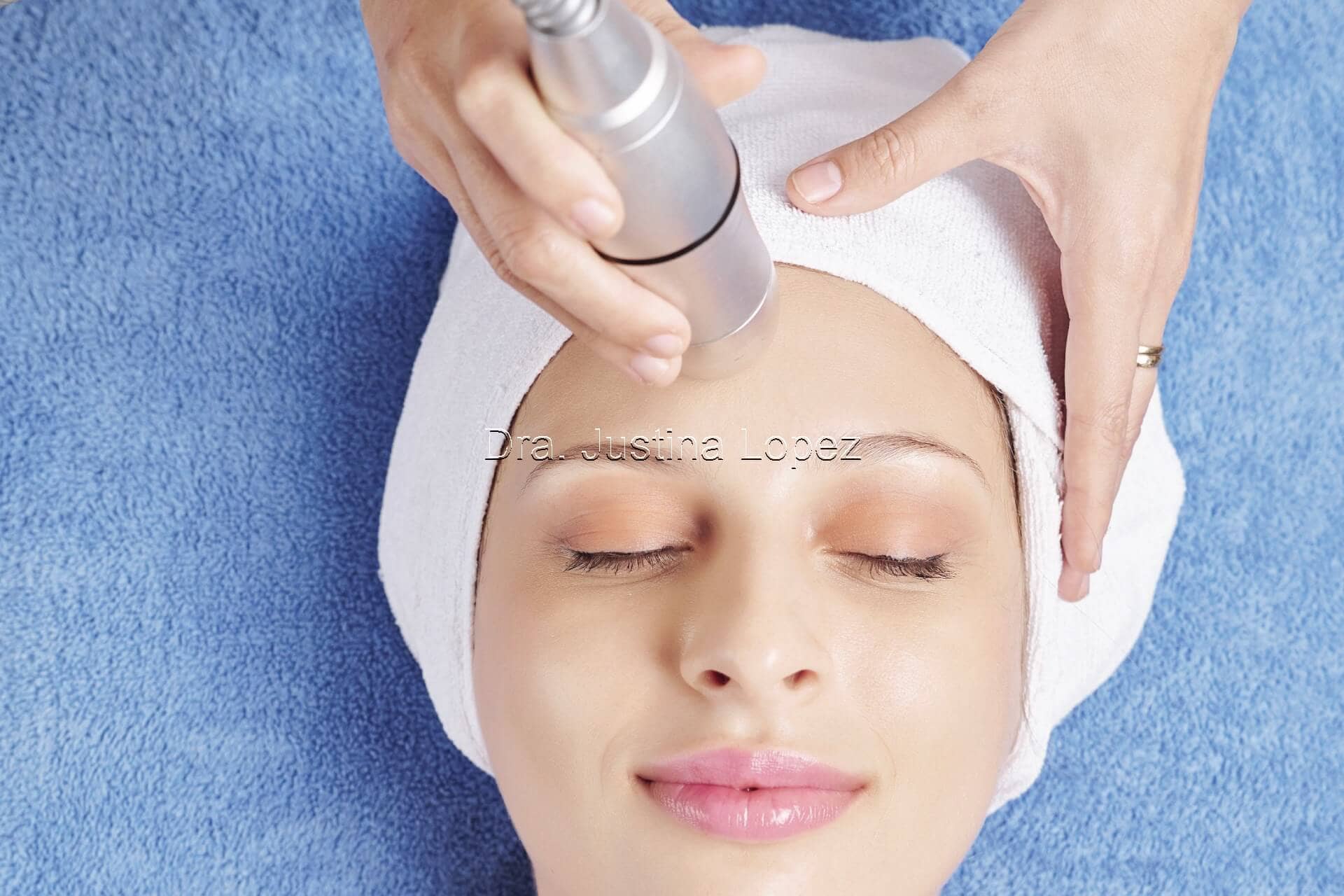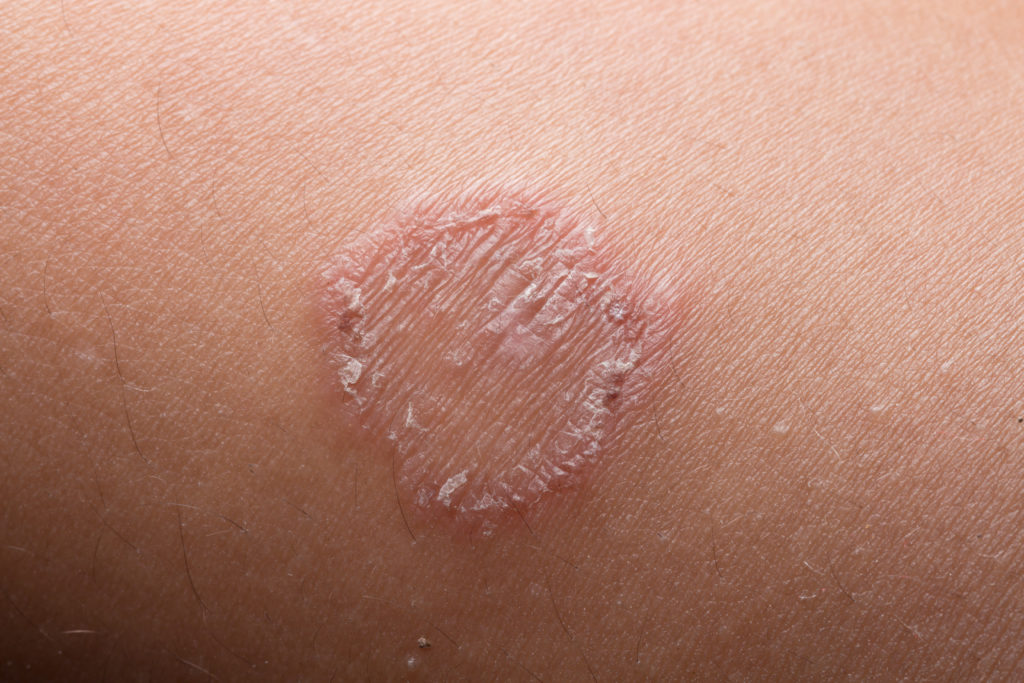In the United States, staying informed about health-related topics is crucial for maintaining well-being. One such topic that has garnered attention in certain regions is Carate En La Piel, also known as pinta or carate. This tropical infectious disease affects the skin and is caused by the bacterium Treponema carateum. While it may not be widely recognized in the U.S., understanding its causes, symptoms, and treatments can provide valuable insights into global health issues.
What Is Carate En La Piel?
Carate En La Piel, or pinta, is a skin infection that primarily affects people living in tropical and subtropical regions. It is transmitted through direct contact with an infected individual’s skin lesions. The disease is classified as a treponematosis, similar to syphilis, but it only affects the skin and does not involve other organs. The name pinta comes from the Spanish word for “paint,” referring to the characteristic discoloration of the skin.
The disease progresses in three stages:
- Primary Stage: A small, raised lesion appears on the skin, usually on exposed areas like the face or hands.
- Secondary Stage: Multiple lesions develop, often appearing as patches that range in color from dark brown to blue-gray.
- Tertiary Stage: Long-term effects include skin atrophy, depigmentation, and thickening, though these do not contain the bacteria.
Causes of Carate En La Piel
The primary cause of Carate En La Piel is the bacterium Treponema carateum, which is transmitted through direct skin-to-skin contact with an infected person. Unlike sexually transmitted infections, this disease spreads through non-sexual contact, making it particularly common in close-knit communities or areas with limited access to healthcare.
Historically, pinta was prevalent in parts of South America, Central America, and the Caribbean. Today, it is rare in the U.S. but still occurs in some rural and indigenous communities in countries like Venezuela, Colombia, and Panama. The disease is more common in children and adolescents, likely due to frequent physical contact among peers.
Symptoms of Carate En La Piel
The symptoms of Carate En La Piel are primarily visible on the skin and progress over time:
- Early Lesions: Small, red, raised bumps (papules) appear, typically on the face, arms, or legs.
- Discoloration: These lesions may darken or lighten, creating a patchy appearance.
- Secondary Lesions: Over months or years, additional patches form, sometimes merging into larger areas.
- Long-Term Effects: In advanced stages, the skin may become thin, lose pigmentation, or develop rough, thickened patches.
It is important to note that Carate En La Piel does not affect internal organs, unlike other treponematoses such as syphilis.
Diagnosis and Treatment
Diagnosis of Carate En La Piel is typically based on clinical examination and patient history. In some cases, laboratory tests may be used to confirm the presence of Treponema carateum.
Treatment Options:
– Penicillin: The most effective treatment is an intramuscular injection of benzathine penicillin G.
– Azithromycin: Oral azithromycin has also shown effectiveness, especially in areas where penicillin is less accessible.
– Traditional Remedies: In some regions, natural remedies like Mangifera indica (mango tree extract) have been used to treat skin conditions, although their efficacy for pinta is not well-documented.
Prompt treatment is essential to prevent long-term skin damage and reduce the risk of transmission.
Prevention and Public Health Measures
Preventing Carate En La Piel involves improving hygiene and access to healthcare in affected communities. Key prevention strategies include:
- Education: Raising awareness about how the disease spreads and how to avoid contact with infected individuals.
- Hygiene Practices: Encouraging regular handwashing and avoiding direct contact with open sores.
- Healthcare Access: Ensuring that affected populations have access to medical care and antibiotics.
In the U.S., while pinta is not a major public health concern, it serves as a reminder of the importance of global health initiatives and the need for continued research into neglected tropical diseases.
Conclusion
Understanding Carate En La Piel is essential for both medical professionals and the general public, especially in regions where the disease persists. While it may not be a widespread issue in the U.S., the knowledge gained from studying such conditions contributes to a broader understanding of infectious diseases and the importance of preventive care.
For those interested in learning more about tropical diseases and global health, resources such as the World Health Organization (WHO) and the Centers for Disease Control and Prevention (CDC) offer valuable information and updates.
Stay updated with the latest news on health and global trends.
Author: [Name]
Title/Role: Health and Science Writer
Credentials: With over 10 years of experience in health journalism, specializing in tropical diseases and global health issues.
Profile Link: [Optional link]
Sources:
– World Health Organization (WHO)
– Centers for Disease Control and Prevention (CDC)
– National Institutes of Health (NIH)
Internal Links:
– Understanding Tropical Diseases
– Global Health News
– Recent Medical Advances
Image Optimization:
–
–
– 
– 
–
Schema Markup:
– Article
– FAQPage
Featured Snippet:
Carate En La Piel is a tropical skin infection caused by the bacterium Treponema carateum. It progresses in three stages and is treated with penicillin or azithromycin.
Meta Title: US Trending News: Carate En La Piel Explained
Meta Description: Learn about Carate En La Piel, its causes, symptoms, and treatments. Stay informed on health trends in the US.











More Stories
What Is Yodo Para Tiroides and How Does It Affect Thyroid Health?
What is WSET? A Comprehensive Guide to Wine Education
US Trending News: What Are Winter Bones? A Guide to the Seasonal Trend in Bone Health